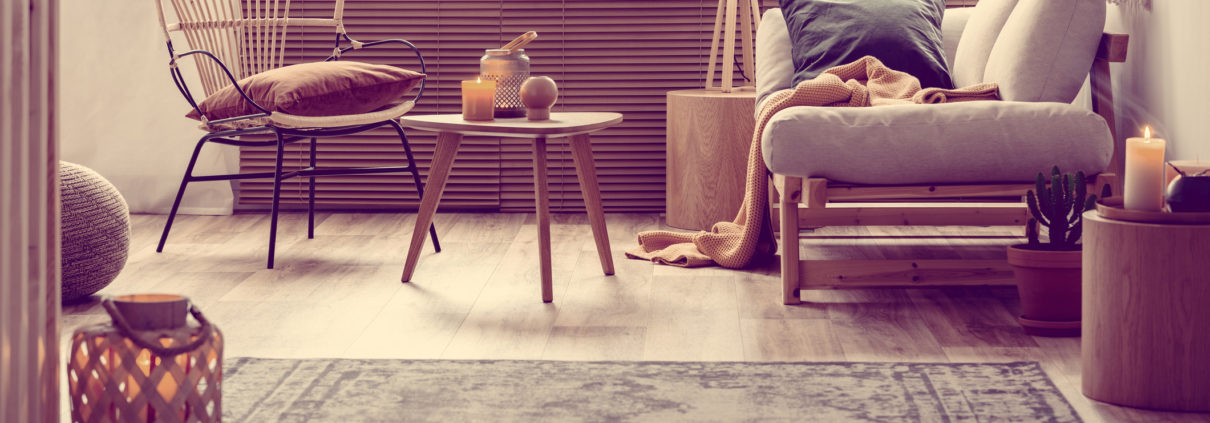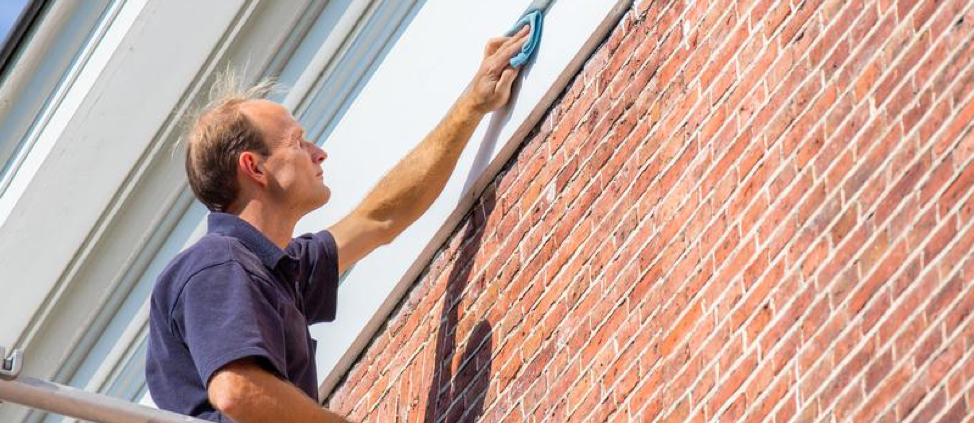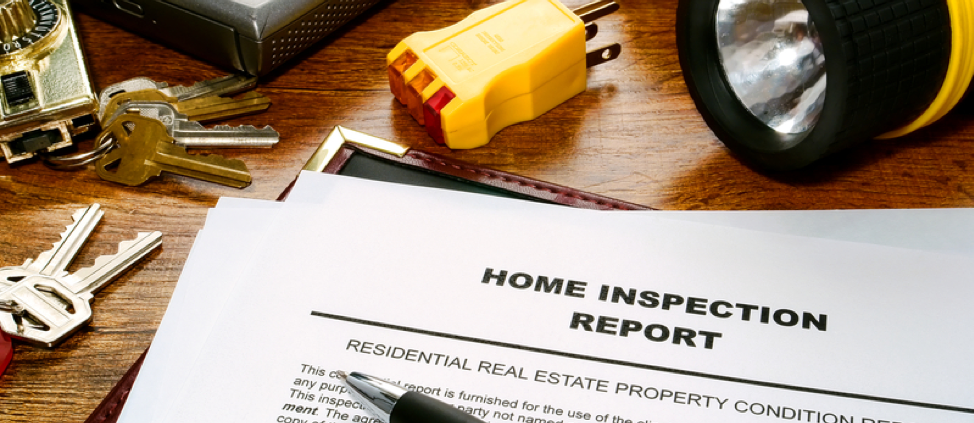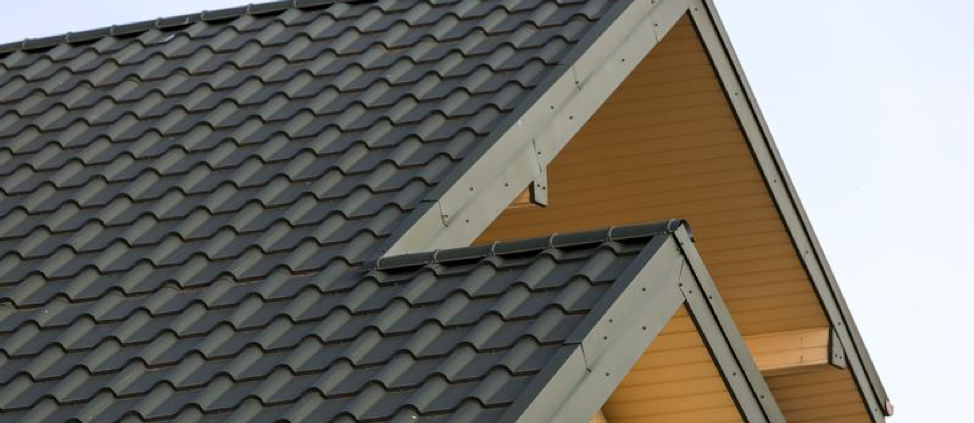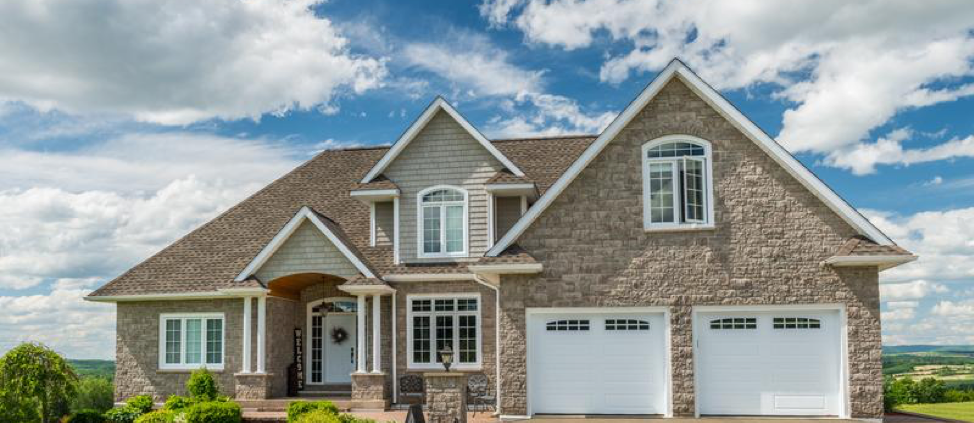There are many options when it comes to the kinds of materials you can use for the roof or your house. Choosing the right material for you is often a function of several factors. From the desire to build in a green manner to meeting neighborhood committee building rules to finding something within your price range, there is a lot to consider. Whatever your reason for swapping out your roofing, here are nine of your different options.
Solar Tiles
A solar tile is essentially a solar panel in the shape of a roofing tile and on the inside are solar collectors that are able to create approximately 1 kilowatt of energy for every 100 square feet. They make a good substitute for homes who want solar panels but more of the look of a slate or glass tile roof.
While solar tiles, like solar panels, can help with energy costs, they’re also much more costly than the traditional solar panel. The tiles must also have the infrastructure needed to direct and store the power. They require more maintenance and it can be a long time before you see a return on your investment.
Metal Roofing
Traditional metal roofing comes cut into vertical panels or shingles that can resemble slate, shake and tile. Just one of the fantastic things about this kind of roofing is that it is really good a simply allowing heavy snow and rain to just slide right off. It’s also very lightweight, can be installed over your existing roof, and can last for up to 60 years.
On the downside, metal can be noisy when impacted (such as by rain) and can dent from hail. You may end up spending anywhere from 5 to 12 dollars per square foot though this does depend on the kind of metal that you intend to use. This makes the cost more than asphalt but less than concrete tilling. You may also have to worry about your metal roof corroding, but that is also dependent upon the type of metal you choose.
Green Roofing
Green roofs can be beautiful as well as functional. A green roof is covered with plants and is able to improve the air quality of your home, provide insulation to reduce heat, and reduce water runoff. The downside is that you’ll need to provide extra support to make sure that your roof can withstand the weight.
To have a green roof, you’ll also need to have a vapor barrier, waterproofing, water filtration, thermal insulation, soil compost, and appropriate plants. Once you have accomplished all of this, you will have a roof that will last you for upwards of 30 years.
Stone-Coated Metal
This type of roofing is made up of panels that have the appearance of stone types like slate and clay. They are interlocking and able to resist heavy rains, 120-mile winds, freeze-thaw cycles, and uplifting hail. On top of all of these perks, this kind of roofing can come with a warranty that often coincides with your house’s lifetime.
This makes stone-coated metal roofing a very good fit for wet, windy areas or for homes that are in areas that are frequented by wildfires. One thing to be made aware of when having this sort of roofing installed is that stone-coated metal requires more specialized care than normal metal roofing, so the quality of contractors in your area should probably be a determining factor in selecting a stone-coated metal roof.
Slate
Slate roofing can be considered one of the best materials when it comes to the durability of roofing materials. It can last for up to 100 years. It’s fire, mold, and fungus resistant as well as waterproof. Slate is the kind of roofing that you would want to use in areas that may experience a lot of rain. The issue with this material, however, is that it is very expensive and can be fragile, which can be a problem where large hail is regularly seen. It can be slippery to walk on as well.
Rubber Slate
This material can be very natural looking and can actually be cut with a knife to be fitted to more complex roofs (such as Victorian homes). Rubber slate is also able to last for up to a century. However, it can also be damaged by the installation of satellite dishes and hail. One other tip is that a professional that is trained to install rubber slate can be pretty hard to find.
Clay and Concrete Tilling
Both of these substances are very durable as they are able to withstand tornadoes, hurricanes, and 125 miles per hour winds. Clay and concrete are best suited for dry and warm areas but you may need to provide your roof some extra assistance to make sure that your structure can hold their weight. They are also likely to break if walked on with any regularity.
Asphalt Shingles
Asphalt shingles, also called composite roofing, are one of the most common and budget-friendly roofing choices on homes nationwide. Asphalt shingles perform well in almost all environmental conditions across the United States.
Not all of them have the same quality though, so you may have to do some additional digging in that regard once you’ve found a roofing material that you like. The upfront cost is pretty low, but after about 20 years or so, you’re likely going to have to replace the shingles. You may also want to consider getting impact resistant shingles if you live in an area that’s very prone to hail or wind. Impact-proof shingles can even get you a discount on your homeowner’s premium in some cases.
Built-Up Roofing
Built-up roofing is layers of asphalt, tar or adhesive topped with aggregate. It is made specifically for flat roofs. This kind of material is great for roof-top decks that have heavy foot traffic but they do have the issue of potentially becoming sticky in the summertime. They can also be troublesome in the wintertime due to being harder to shovel snow off of. Built-up roofing can last for up to 20 to 25 years.
Ultimately, the best kind of roofing depends on your budget, home, climate, and your personal preferences. The best thing for you to do is to speak with a licensed roofing contractor and take a good look at these different options to get a good feel for what the best fit for your home is.
Are you thinking about remodeling the interior or exterior of your home? Jaworski Painting is happy to assist you!





